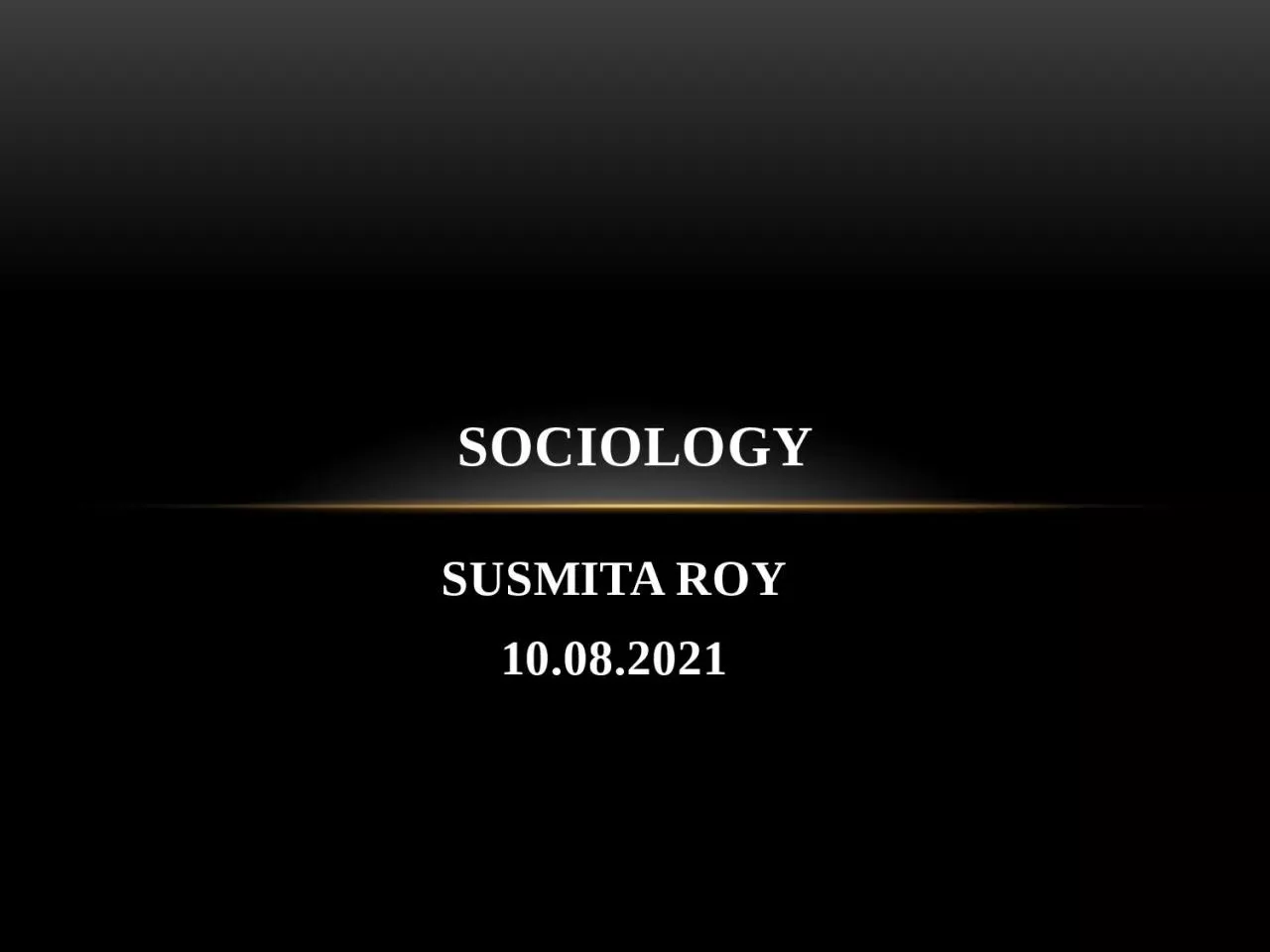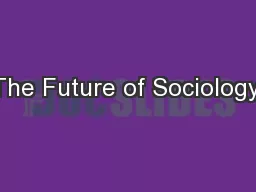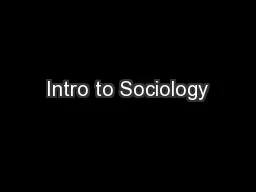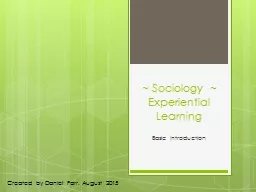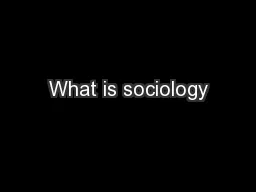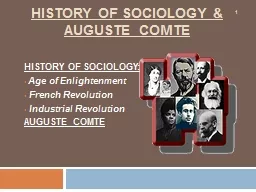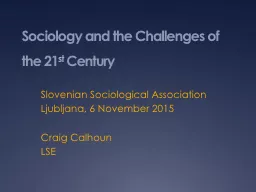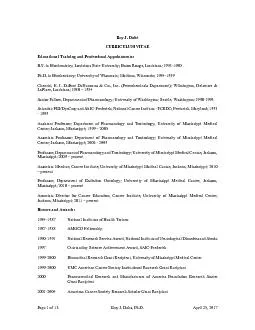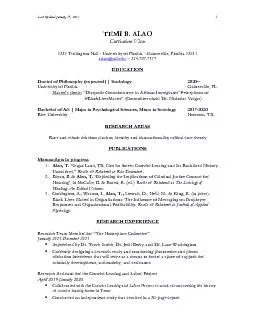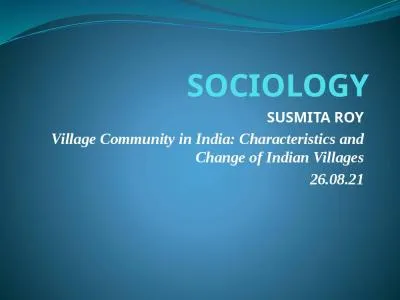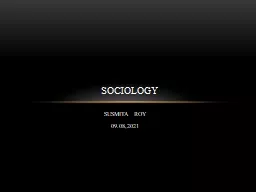PPT-SUSMITA ROY 10.08.2021 SOCIOLOGY
Author : DontBeASnitch | Published Date : 2022-08-04
Racism cannot be defined without first defining race Among social scientists race is generally understood as a social construct Although biologically meaningless
Presentation Embed Code
Download Presentation
Download Presentation The PPT/PDF document "SUSMITA ROY 10.08.2021 SOCIOLOGY" is the property of its rightful owner. Permission is granted to download and print the materials on this website for personal, non-commercial use only, and to display it on your personal computer provided you do not modify the materials and that you retain all copyright notices contained in the materials. By downloading content from our website, you accept the terms of this agreement.
SUSMITA ROY 10.08.2021 SOCIOLOGY: Transcript
Download Rules Of Document
"SUSMITA ROY 10.08.2021 SOCIOLOGY"The content belongs to its owner. You may download and print it for personal use, without modification, and keep all copyright notices. By downloading, you agree to these terms.
Related Documents

